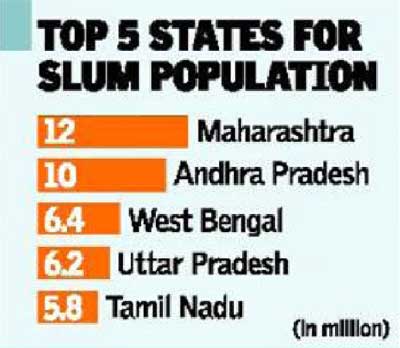(HOT) UPSC Current Affairs 2025 PDF
NEW! The Gist (NOV-2025) | E-BOOKS
(Premium) Gist of The Hindu: January 2014
Premium - Gist of The Hindu: January 2014
- Are we Living in a Slum Era ()
- Ray of Hope For Infertile Women ()
- Findings of World Toilet Summit ()
- India & China are the top two Destinations for Global Remittances ()
- Indian Vaccine for Japanese Encephalitis ()
- Chinese Campaign against West’s Waste Disposal ()
- ABC of Nitaaat ()
- Successful Malaria Vaccine Trial ()
- Nobel for Peace ()
- Outcomes of Warsaw climate meet ()
- Switzerland’s Banking Reform ()
- Plan for World’s Largest Marine Sanctuary ()
- Alarming Outdoor Air Pollution ()
- Indo-Russia Relation ()
- Dilma Rousseff Announced a Plan to Hosta Global Summit on Internet ()
- U.S. Not in Mood to Reduce Emission ()
ARE WE LIVING IN A SLUM ERA
Newly released census data shows families living in slums have a far better child sex ratio than the urban Indian average. Over a third of India’s slum-dwellers live in unrecognised slums. Over 65 million people lived in slums in 2011, up by 25 per cent from 52 million in 2001, but slum populations have grown slower than the average urban population over the last decade. The average household living in a slum is no larger than an average urban Indian household, with 4.7 family members. The child sex ratio (0-6 years) of an average slum household is 922 girls for every 1,000 boys, compared to 905 for urban India.

Scheduled Castes (SCs) are over-represented in slums, with one out of every 5 slums residents belonging to SC, compared to just over one out of 10 for urban India as a whole. The proportion of SCs living in slums has risen over the last decade. They have far better sex ratios than other urban communities.
The literacy rate in slums is now up to 77.7% but still lags behind the urban average. Both men and women living in slums participate at a higher rate in the workforce than the urban average, even though fewer have employment through the year.
The census defines a slum as “residential areas where dwellings are unfit for human habitation” because they are dilapidated, cramped, poorly ventilated, unclean, or “any combination of these factors which are detrimental to the safety and health” and covers all 4,041 statutory towns in India.
For the latest round, the census designated slums in three different ways — notified, recognised and identified. While the first two are designated as slums by some official authority, identified slums do not have legal status as a slum, but must consist of at least 60-70 tenements with at least 300 people. The data shows that of the three types, identified slums have the largest subset of slum population, indicating that over a third of India’s official slum population does not have official status as a slum, or access to legal protection and municipal services.
With over 11 million of its residents in slums, Maharashtra has the highest slum population; 4.6 million of them in ‘identified’ slums. Andhra Pradesh follows with over 10 million in slums, and West Bengal and Uttar Pradesh have over 6 million slum residents each. Over 1 million of Delhi’s 1.7 million slum residents live in ‘identified’ slums.
RAY OF HOPE FOR INFERTILE WOMEN
- A new technique that coaxes an infertile woman’s ovaries into producing eggs again has resulted in the birth of a baby in Japan.
- A second woman has also become pregnant using the same method, according to the study in theProceedings of the National Academy of Sciences , a peer-reviewed U.S. journal.
- Researchers caution that the technique is still in its early stages, but could offer hope for young women whose ovaries are no longer producing eggs.
- This condition, known as primary ovarian insufficiency, affects about one per cent of women and causes the ovaries to stop working before age 40.
-
The research took place in Japan and involved 27 women with primary ovarian insufficiency. Their average age was 37. All had stopped menstruating nearly seven years earlier on average, and all agreed to have both ovaries removed as part of the experiment.
- Of this group, 13 women were found to still have residual follicles, which typically contain one immature egg.
- Five developed mature eggs, which the researchers harvested for in vitro fertilization using the sperm of the women’s partners. One woman received two embryos and carried a single pregnancy to term.
FINDINGS OF WORLD TOILET SUMMIT
Lack of public toilets and open defecation were among issues highlighted at the World Toilet Summit that opened in Indonesia on Wednesday. Worldwide, 2.5 billion people have no access to toilets and sewage systems. One million children die each year from diarrhoea, as many as from AIDS, measles and malaria combined, according the United Nations. At the three-day summit in the Central Java city of Solo, speakers will talk about how to clean, repair and maintain toilets as well as the designs of public restrooms.
Jack Sim, a Singaporean who founded the World Toilet Organisation in 2001, said the theme for the summit this year is “toilets and tourism.” “Without good toilets, tourism can’t thrive,” he said. “Toilets are part of the holiday experience.” — DPA.

